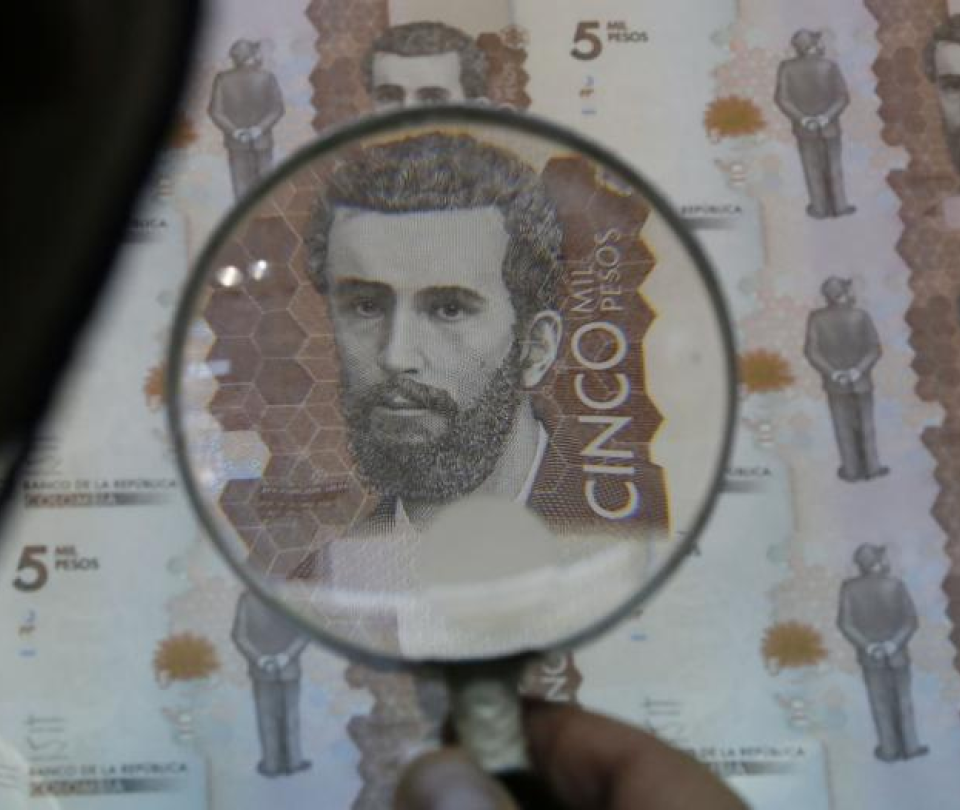The Colombian peso collapsed more than 3% between June 11 and 14, while the economic sector maintains concern about a growing fiscal deficit and an increase in debt.
(See: With the country’s inflation stagnant, is it time to talk about stagflation?).
Only last Thursday, June 13, the peso was the worst performing currency in the world, reaching the lowest level since October before cutting losses. Furthermore, it has far exceeded the drop in his Mexican counterpart, that grabbed all the headlines after the surprising election results.
Likewise, the Government presented, on Friday, June 14, its Medium-Term Fiscal Framework (MFMP), defining the budgetary objectives for the coming years.
(See: ‘Neither the public nor the private sector should engage in politics with the economy’: María L. Gutiérrez).
Regarding the national economy, Moody’s Ratings also warned that it will not reach its deficit target for this year, which was already high, of 5.3% of the Gross Domestic Product (GDP).
“The Colombian peso should remain under pressure in the long term, especially as the country has not devised a credible growth model as it moves away from dependence on hydrocarbon exploration and production.“, said Thierry Wizman, head of global currencies and interest rates at Macquarie Futures.
JP Morgan Chase & Co., For its part, it turned bearish on the Colombian peso, saying that persistent discussions over the country’s fiscal rule and an acceleration in the pace of monetary easing will weigh on the currency.
“The peso has been outperforming high performers in the region, but we believe the inertia of the movement will eventually lead to recovering losses from the BRL and MXN“strategists such as Gisela Brant and Tania Escobedo Jacob wrote in a note.
(See: This is what Colombian households spend for every 100 pesos they have in their pockets).
The fall of the peso began after the Government raised the debt ceiling last Tuesday the 11th, and Moody’s comments on Wednesday the 12th further increased pressure on the currency, he said. Brendan McKenna, currency strategist at Wells Fargo.
The government is trying to control spending and the cabinet on Monday approved a 20 trillion peso ($5 billion) spending cut. But the announcement failed to reassure the markets.
“Fiscal concerns and the continued decline of Latin American currencies“have weighed on the Colombian peso, he said Brad Bechtel, global head of foreign exchange at Jefferies.
(See: With electronic invoicing, does the paper invoice disappear completely?).
“The break of the 200-day moving average opened a move to 4,200 initially and potentially 4,400 after that“he added.
BLOOMBERG












Add Comment